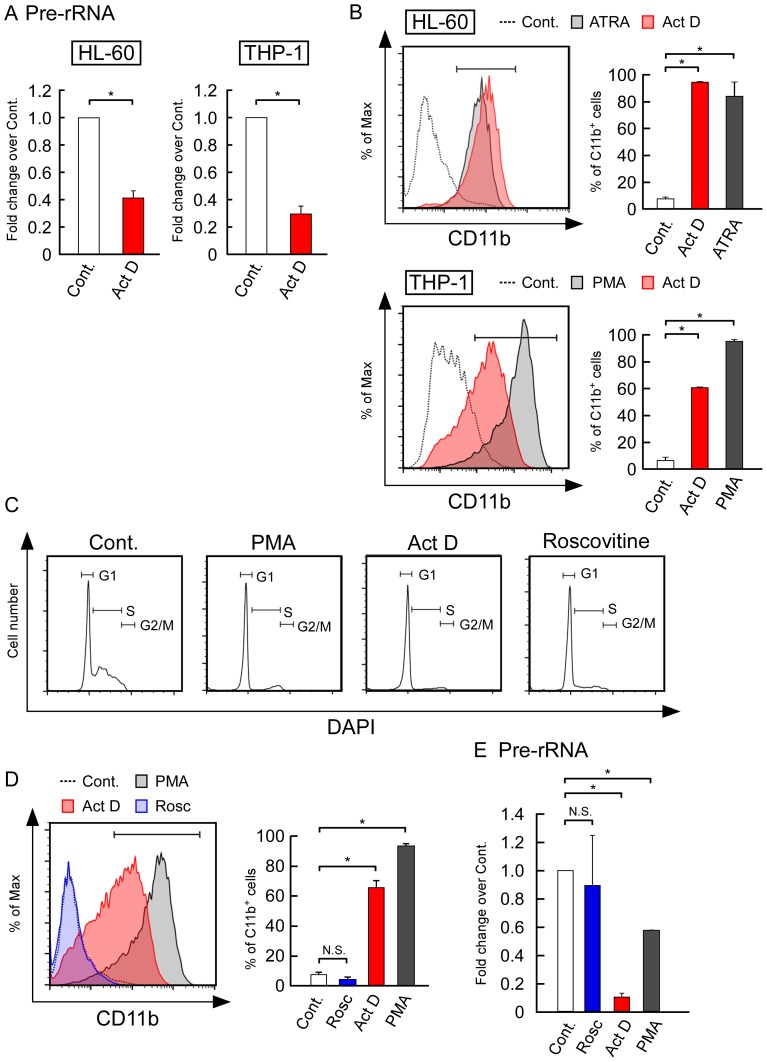Figure 1. Suppression of rRNA transcription by actinomycin D (Act D) induced the differentiation of HL-60 and THP-1 cells.
(A) A low concentration of Act D inhibited rRNA transcription in HL-60 and THP-1 cells. HL-60 and THP-1 cells were treated with 5 nM Act D for 24 h. The levels of pre-rRNA were determined by real-time quantitative PCR (RT-qPCR) and normalized by cell number. (B) Act D induced the expression of CD11b in HL-60 and THP-1 cells. Cells were cultured in the absence (control) or presence of all-trans-retinoic acid (ATRA) (1 µM), PMA (10 ng/mL), or Act D (5 nM) at 37°C. After 3 days, the CD11b expression levels were determined by flow cytometry (left panels). The corresponding mean percentages of CD11b-positive cells are shown in the left panels (right panels). (C, D) Inhibition of the cell cycle did not affect CD11b expression. THP-1 cells were treated with PMA (10 ng/mL), Act D (5 nM), or roscovitine (15 µM) for 3 days. (C) The DNA content was determined by DAPI and analyzed by flow cytometry. Similar results were obtained in three independent experiments. (D) The CD 11b expression levels were determined by flow cytometry. The corresponding mean percentages of CD11b-positive cells are shown in the left panels (right panels). (E) Roscovitine treatment did not affect the pre-rRNA levels. THP-1 cells were treated with PMA (10 ng/mL), Act D (5 nM), or roscovitine (15 µM) for 3 days. The pre-rRNA levels were determined by RT-qPCR and normalized by cell number. Values are expressed as the mean ± S.D., n = 3. *P<0.05. N.S.: P>0.05.

